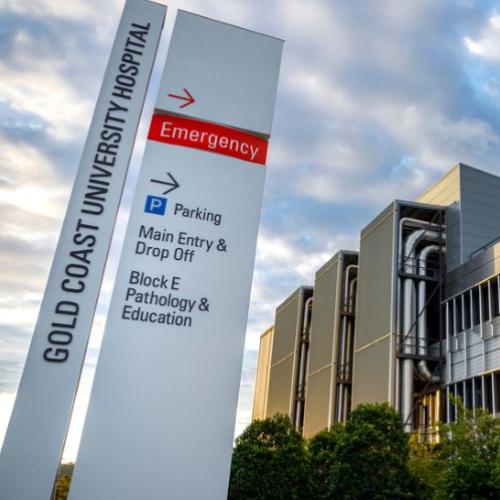A woman has died in her flooded home in northern NSW and people are being warned to brace for more fatalities from the “one in 1000-year” flood crisis in the state as 17 councils are declared disaster zones.
The woman, in her 80s who is yet to be formally identified, was found dead in her flooded Lismore home on Tuesday by a member of the public after a neighbour raised concerns, police said.
She is the first confirmed fatality in the Northern Rivers flood zone, although a man died last week on the Central Coast when his car was swept into flood waters.
Another man is feared dead after he disappeared in floodwaters in Lismore on Sunday and hundreds of people are missing.
“The situation is distressing for many and will affect more. The ultimate focus now is saving lives and getting people to safety,” Premier Dominic Perrottet said on Tuesday.
Emergency Services Minister Steph Cooke said “we must all prepare ourselves for the possibility that lives have been lost”.
“It is unrealistic that a disaster of this magnitude will mean that there are no lives lost,” she told reporters.
Mr Perrottet said the clean-up “and getting communities back on their feet will take weeks, months and years”.
“There’s still difficult times to go.”
Towns across northern NSW, including Lismore and Ballina are underwater and rivers are peaking even as the rain stopped.
Early on Tuesday morning, residents in South Ballina were warned it was too late to leave as floodwaters rose while the rest of the town was told to evacuate.
In Bungawalbin, south of Lismore, defence personnel winched residents off their roofs in precarious operations in windy and rainy conditions, while south of the town, people were seen stuck on a bridge above floodwaters in Woodburn.
The unprecedented floods are much worse than anticipated, with 35,000 people ordered to evacuate their homes and another 310,000 warned to be ready to flee.
So far, 15,000 flood-related insurance claims have been made in NSW.
Mr Perrottet green lit disaster aid – a mix of state and federal support – after speaking with local mayors in impacted regions, with authorities to focus on temporary accommodation.
Federal relief includes cash payments of $1000 per adult and $400 per child, with 13 weeks of allowances similar to JobSeeker available to people in the areas whose wages were impacted by the floods.
The Bureau of Meteorology said the weather system which fuelled the floods was now heading south, creating a severe weather warning for coastal areas from the Central Coast to the South Coast, including Sydney.
Wind gusts of up to 125 km/h are predicted and the possibility of up to 200mm of rain over six hours from Tuesday night.
Thunderstorms, heavy rain and flash flooding were expected across the area until Thursday.
The State Emergency Service put out a flood watch for the whole Sydney region, with the worst predicted for areas around the Upper Nepean River.
“People in Sydney and across the South Coast have time. The time to prepare is now,” Ms Cooke said.
SES Commissioner Carlene York said the organisation’s operational tempo was “extremely high”, prioritising rescues over property damage.
The SES performed 932 flood rescues across the Northern Rivers region in the 24 hours to Tuesday morning.
There were five helicopters helping perform rescues along with 46 water rescue personnel and 500 volunteers.
The crisis has engulfed the northeastern part of the state, leaving 1000 people in evacuation centres.
There were multiple major flood warnings including the Tweed, Richmond, Wilsons, Brunswick, Bellinger and Clarence rivers.
Vinnies NSW and the Salvation Army began fundraising for flood victims while federal Labor called for Services Australia to get to affected areas to help people access services.
Disaster assistance is now available in 17 local government areas.
The LGAs are Armidale, Ballina, Bellingen, Byron, Clarence Valley, Coffs Harbour, Glen Innes Severn, Hornsby, Kempsey, Kyogle, Lismore, Nambucca, Port Macquarie/Hastings, Richmond, Tenterfield, The Hills and Tweed.
© AAP 2022









